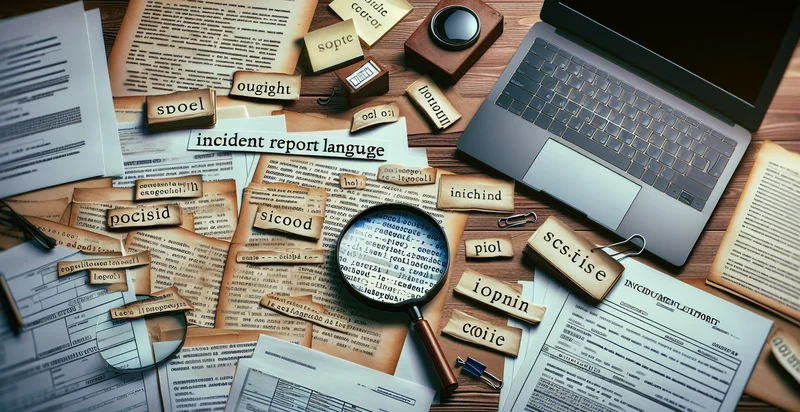Identify language of incident report
using AI
Below is a free classifier to identify language of incident report. Just input your text, and our AI will predict the language used in incident reports - in just seconds.

Contact us for API access
Or, use Nyckel to build highly-accurate custom classifiers in just minutes. No PhD required.
Get started
import nyckel
credentials = nyckel.Credentials("YOUR_CLIENT_ID", "YOUR_CLIENT_SECRET")
nyckel.invoke("language-of-incident-report", "your_text_here", credentials)
fetch('https://www.nyckel.com/v1/functions/language-of-incident-report/invoke', {
method: 'POST',
headers: {
'Authorization': 'Bearer ' + 'YOUR_BEARER_TOKEN',
'Content-Type': 'application/json',
},
body: JSON.stringify(
{"data": "your_text_here"}
)
})
.then(response => response.json())
.then(data => console.log(data));
curl -X POST \
-H "Content-Type: application/json" \
-H "Authorization: Bearer YOUR_BEARER_TOKEN" \
-d '{"data": "your_text_here"}' \
https://www.nyckel.com/v1/functions/language-of-incident-report/invoke
How this classifier works
To start, input the text that you'd like analyzed. Our AI tool will then predict the language used in incident reports.
This pretrained text model uses a Nyckel-created dataset and has 45 labels, including Arabic, Bengali, Bulgarian, Croatian, Czech, Danish, Dutch, English, Estonian and Filipino.
We'll also show a confidence score (the higher the number, the more confident the AI model is around the language used in incident reports).
Whether you're just curious or building language of incident report detection into your application, we hope our classifier proves helpful.
Related Classifiers
Need to identify language of incident report at scale?
Get API or Zapier access to this classifier for free. It's perfect for:
- Incident Report Language Detection: This function can help organizations automatically identify the language used in incident reports, ensuring that reports are directed to the appropriate language-speaking staff for accurate processing. This streamlines communication and improves response times.
- Multilingual Customer Support: By identifying the language of incident reports submitted by customers, businesses can tailor their support responses based on language preferences. This enhances customer satisfaction and fosters better engagement with a diverse customer base.
- Compliance and Regulatory Reporting: Organizations can ensure compliance with regional regulations by identifying the language of incident reports. This capability can help businesses track and report incidents in the required language for specific jurisdictions, reducing legal risks.
- Enhanced Data Analysis: By categorizing incident reports based on language, companies can gain insights into trends and issues prevalent in different linguistic communities. This information can be vital for targeted interventions and improving overall service delivery.
- Training and Development Programs: The function can identify the languages of incident reports used by employees, allowing HR to tailor training materials and sessions to specific language groups. This ensures that all staff members have the necessary resources to handle reports effectively.
- Incident Response Prioritization: Identifying the language of incident reports can help allocate resources efficiently in multilingual environments. Teams can prioritize reports in their native language, speeding up the incident response process and improving outcomes.
- Cultural Sensitivity Training: By analyzing the languages of incident reports, organizations can identify the cultural backgrounds of their workforce and clientele. This data can be used to develop sensitivity training programs that promote understanding and collaboration among diverse teams.


